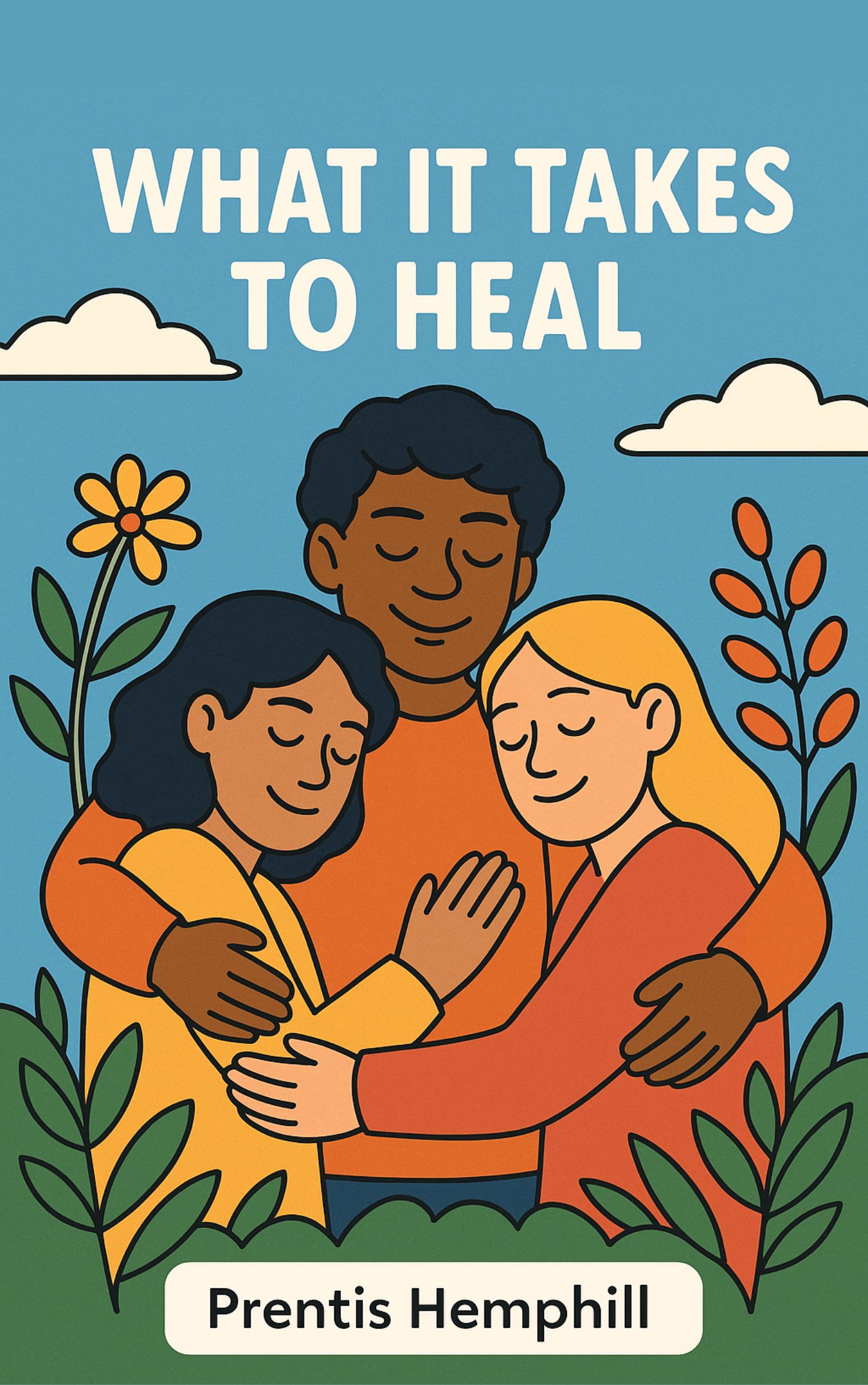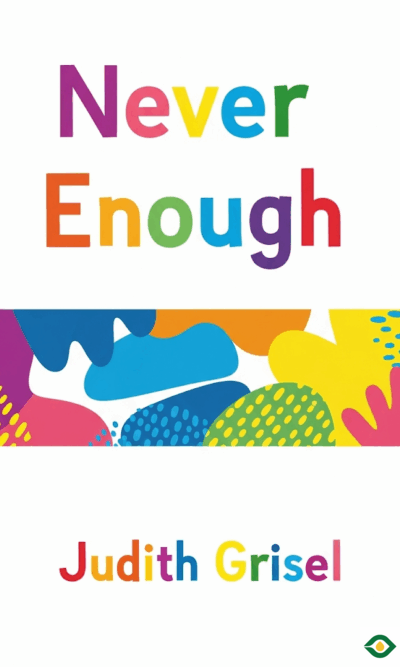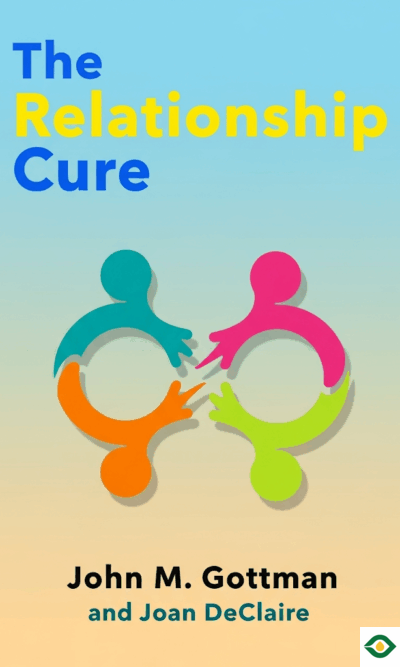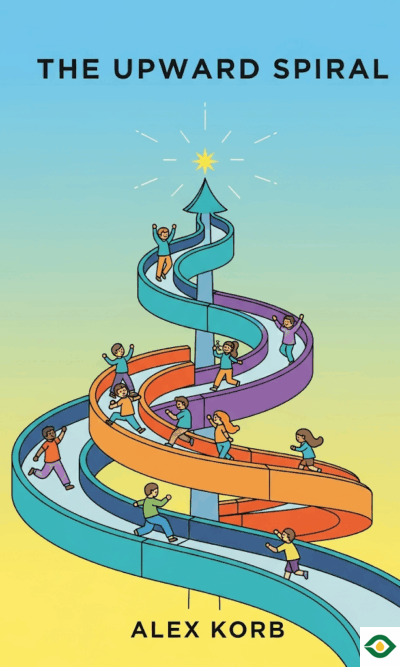Description
Healing is not something that happens only in therapy rooms or private conversations. True healing is much larger. It involves our bodies, our relationships, our communities, and the world we live in. The book What It Takes to Heal by Prentis Hemphill explores this journey of healing and shows how personal and collective transformation are deeply connected.
The story begins in Los Angeles, during protests that followed the acquittal of George Zimmerman for the killing of Trayvon Martin. The author was working at a community mental health clinic, but when they stepped into the streets filled with thousands of protesters, they realized something important. Healing was not only about one-on-one therapy sessions. It was also about justice, empathy, courage, and community. The experience revealed that to heal, people must look beyond the individual and also repair the systems and cultures that cause harm.
A central idea in the book is vision. Vision is about imagination. It means looking beyond what already exists and dreaming of new possibilities. As a child, the author dressed up as Harriet Tubman for a school presentation. At first, classmates laughed, but then they fell silent when the author declared proudly that they were Harriet Tubman, a woman who freed people despite impossible odds. This memory taught them that imagination has power. To dream of freedom, love, or justice is not naive—it is necessary. Vision allows us to see life differently, to create possibilities beyond what we inherited. Healing begins with imagining futures that are not limited by fear, shame, or the expectations of others.
Healing is also connected to trauma, which the book describes as more than painful memories. Trauma lives in our bodies. It keeps our nervous system alert, even when the danger is long gone. It can shape our behaviors, making us rigid, angry, or withdrawn without us even realizing why. The author shares stories of grieving parents, overwhelmed activists, and leaders who lost control because of unresolved trauma. These examples show that trauma does not stay locked inside individuals—it spreads into communities and movements. If trauma is not addressed, even the most passionate activist groups can fall apart. Healing trauma means creating safe spaces for grief, anger, and tenderness. It also means remembering that behind every fight for justice are human beings carrying invisible wounds.
Another lesson the book teaches is embodiment. Healing is not only about thinking differently. It is also about feeling differently in the body. Many of us learn to hide our feelings, especially sadness or fear. The author grew up in a family where crying was not allowed. As an adult, they realized they had shut off their own tears. Slowly, they relearned how to cry by listening to sad music and giving themselves permission to release emotions. This is what embodiment means—recognizing how trauma and feelings live in our bodies and finding ways to let them move through us. Without embodiment, healing stays stuck in the mind, but with embodiment, the whole body participates in the process of recovery.
Healing also requires engagement with the outside world. Planting a garden became one of the author’s greatest teachers. Seeds do not grow overnight; they require steady work and patience. Social change is the same. To heal ourselves, we also have to change the systems around us. The author highlights the Chicago Torture Justice Center, which was created for survivors of police violence. This center does more than provide therapy—it also works to hold institutions accountable. This example shows that individual healing and systemic change cannot be separated. If we only focus on ourselves, we ignore the roots of the problem. If we only focus on systems, we forget the personal suffering of individuals. Healing means working on both at the same time.
The book also emphasizes kinship and belonging. Humans need connection. We need family, friends, and communities that accept us for who we are. But many people, especially those rejected for their identity or beliefs, grow up without that sense of belonging. The author recalls painful experiences of rejection from their own family and church, which left scars of shame and loneliness. To heal, we must expand our sense of family and community. Sometimes this means creating chosen families, groups of people who may not be related by blood but are bound together by care, loyalty, and love. The author shares how regular shared dinners with their partner, child, and friends became a ritual of belonging. These small acts of togetherness create safety and strength in a divided world.
Finally, the book speaks about courage and love. Fear is a powerful force. It keeps us stuck, prevents us from speaking the truth, and divides societies. But courage does not mean never being afraid. Courage means moving forward even while fear is present. On a hike, the author froze on a narrow ledge high above the ground. Their partner encouraged them to “become bigger than the fear.” This moment captured what courage really is—the ability to make space for fear without letting it control us.
Alongside courage, love is the heart of healing. Love is not just a feeling. It is an action, a practice, and a choice. It means showing up for others, even when it is difficult. It means affirming each other’s humanity and choosing connection over division. Love has the power to dismantle barriers and open new possibilities for communities. Healing requires courage to face pain and love to stay connected while moving forward.
The overall message of the book is clear: healing is not a private act but a collective journey. It involves vision, courage, embodiment, kinship, and love. It asks us to face trauma honestly, create communities of belonging, and fight for systems that protect and uplift all people. Healing is about becoming whole, both as individuals and as societies.
When we dare to imagine new futures, honor our bodies, nurture kinship, and choose courage and love over fear, we do more than heal ourselves—we help heal the world.





